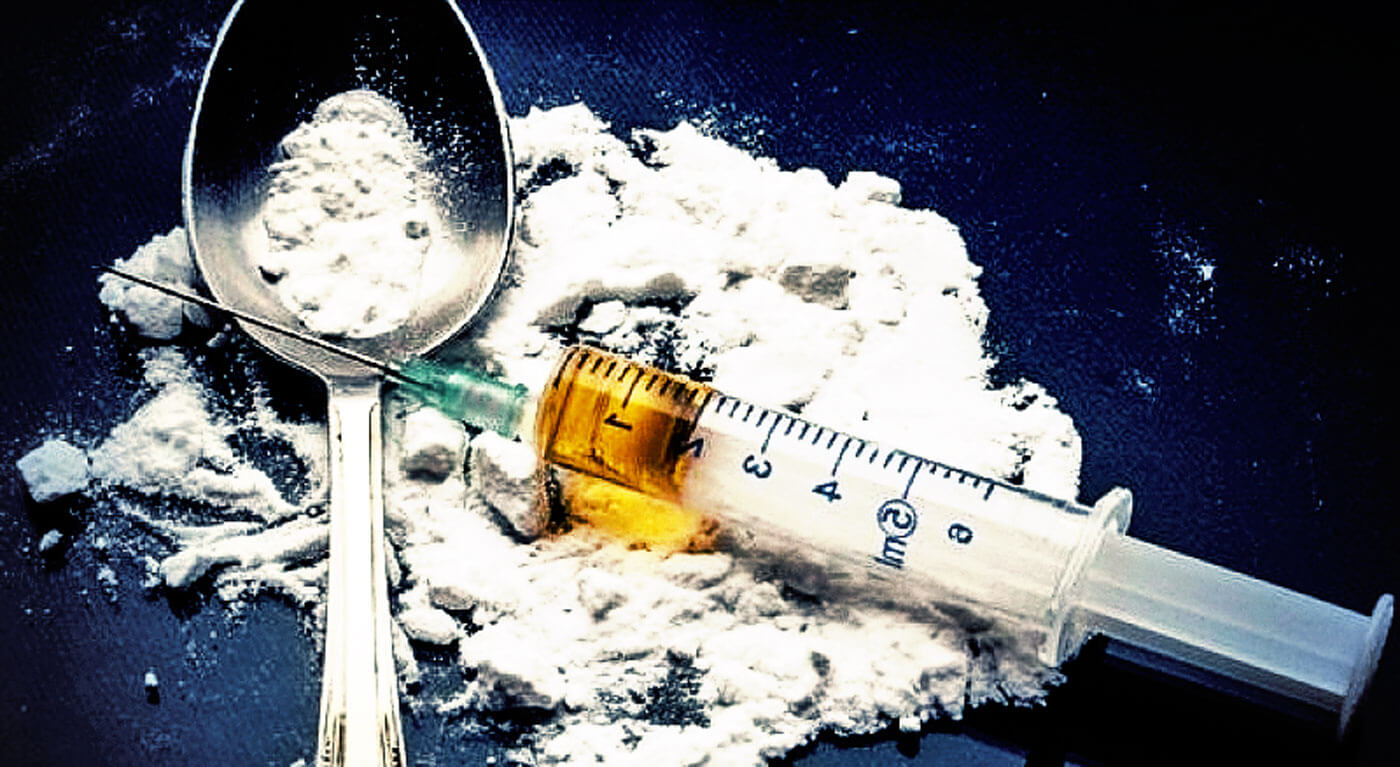- Over-the-Counter Drugs
- Prescription Drugs
Desomorphine is classified as a Schedule I Drug by the DEA
- The drug has a high potential for abuse.
- The drug has no currently accepted medical treatment use in the U.S.
- There is a lack of accepted safety for use of the drug under medical supervision.
What is Krokodil (Desomorphine)?
Desomorphine is an injectable opioid derivative of codeine and produces an opiate-like action. In its pure form, desomorphine is about 10 times stronger than morphine and more potent than heroin. The drug’s onset is very fast but its action is short, which leads to frequent administration and an increased risk of developing physical dependence.
Desomorphine can be manufactured at home from codeine, along with several other easily available additives, and is significantly cheaper than heroin. Use of this novel, flesh-eating drug has been spreading rapidly across Europe because of its low cost and higher addictive potential.
Common names include Krokodil, Crocodile, Krok, Croc, Russian Magic, Poor Man’s Heroin
How is Krokodil abused?
Desomorphine is injected.
How does Krokodil affect a person?
Its effect on the brain is similar to heroin, although it is much shorter acting and requires more frequent doses to maintain the high. It is highly addictive, has a withdrawal that is significantly worse than heroin, and is more fatal than other opiates.
What are the health effects/risks of using Krokodil?
In long-term users of desomorphine, the skin may present as greenish and scaly due to damaged blood vessels, thrombosis and damaged soft tissues surrounding the injection sites. The skin’s appearance is similar to a crocodile’s scaled and rugged skin. The skin injuries can eventually develop into severe tissue damage leading to thrombophlebitis and gangrene. These conditions usually result in limb amputation or sometimes death. It is characterized as the “flesh eating” or “flesh rotting” drug. Regular use results in severe damage to the blood vessels, muscles, and bones, and in multi-organ failure with a mean survival time of 2 years after its first use. Repeated administration of desomorphine can cause physical and psychological dependency, tolerance, and withdrawal symptoms if the substance is no longer used, similar to heroin. Other effects are similar to those of opiates, such as flushing, constipation, urinary retention, nausea, vomiting, sedation and respiratory depression. Specifically with Krokodil, due to the high degree of contamination with various toxic byproducts, injection of Krokodil causes immediate tissue damage to blood vessels, muscle and bone. Heavy metal poisoning can also occur with chronic use. Abscess formation, thrombophlebitis, gangrene, necrosis and amputation are common occurrences. Skin sloughs off at the injection site, often exposing the bone below. The ill effects of Krokodil are not limited to localized injuries and include pneumonia, sepsis, meningitis, osteomyelitis and osteonecrosis, neurologic injury (such motor and memory impairment), ulceration and tissue damage at sites distant from the injection site, liver injury, renal impairment and death.





